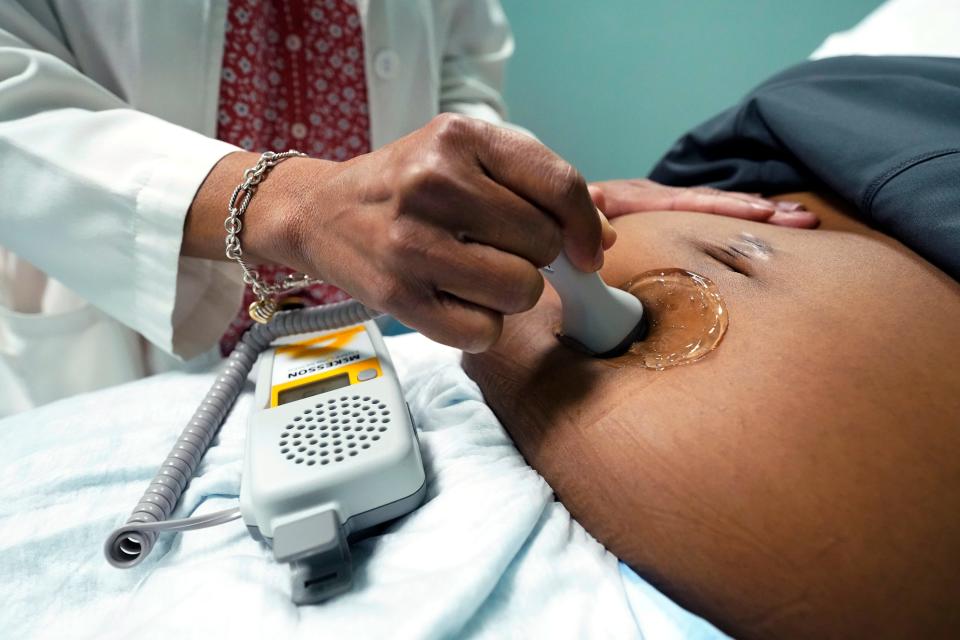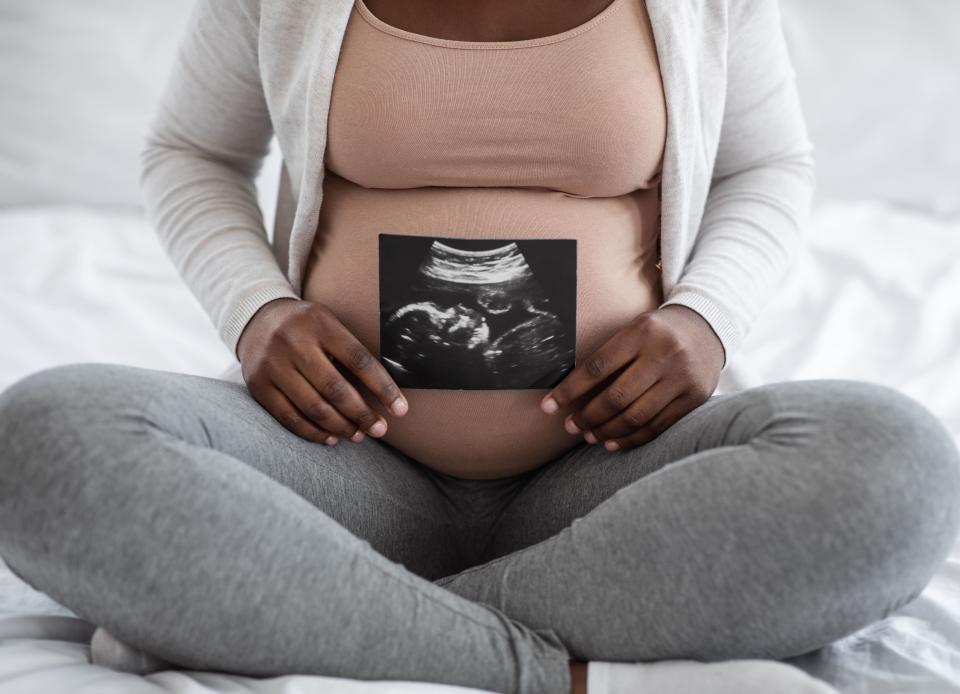80% of maternal deaths are preventable. How NY plans to save more mothers' lives.
After years of struggle, New York’s push to improve maternal and pregnancy health is poised to gain traction in 2023 as a key health panel leads government budget and medical system reforms.
The panel, called the maternal-mortality review board, reported recently that nearly 80% of pregnancy-related deaths were preventable, citing factors such as health inequality and mental health care failures.
Now, the panel is expected to drive new approaches to saving more mothers' lives with its ongoing rollout of maternal health recommendations for lawmakers and doctors.

Meanwhile, the pandemic’s stark toll on mothers only amplified pressure to address long-standing and complex failures in maternal health.
Nationally, maternal deaths spiked 56% from 2019 to 2021, rising to nearly 1,200 in 2021, the latest federal data show. And COVID-19 contributed to about 25% of maternal deaths during the pandemic’s first two years.
Yet despite prior attempts to make pregnancy and childbirth safer, New York’s maternal mortality rank has consistently shifted between 20th and 30th nationally in recent years, with stark racial disparities in deaths.
How NY state budget impacts maternal health

Central to maternal health initiatives is New York's upcoming state budget process, which will determine how billions of tax dollars flow to health-related issues.
The first indication of priorities will come when Gov. Kathy Hochul releases an executive budget in January, kicking off months of legislative wrangling before a final spending plan is reached in April.
Health inequality: How one American city reveals the fight for racial justice in health care
The current budget included a $20 million per year investment to expand prenatal and postnatal care for mothers, including increasing postnatal Medicaid coverage to one year from 60 days.
And some lawmakers have called for additional maternal health investments and legislation in the coming budget, citing in part the fact Black women in New York are five times more likely to die of pregnancy-related causes than white women.
“We’re facing a maternal mortality crisis, and as a survivor, I’m fighting to end this and to ensure treatment in hospitals to end disparities,” Assemblymember Rodneyse Bichotte Hermelyn, D-Brooklyn, wrote on Twitter recently, referring to the effort.
Why maternal mortality in NY remains high
The new panel’s focus on preventable maternal deaths builds on findings of the USA TODAY Network investigation in 2019, which revealed some hospitals nationally failed to implement key safety measures to protect mothers.
One of the latest panel targets involved mental health failures, which were linked to 20% of pregnancy-related deaths in New York.
Racial disparity: NY mothers dying during childbirth due to 'structural racism, discrimination': Report
Among the recommendations:
Psychiatric medications should not be automatically discontinued just because a patient is pregnant.
Screening for depression should be conducted during all pregnancies and is considered the standard of care.
Enhanced coordination of care between prenatal care providers and mental health providers is needed.
Enhance knowledge and awareness among emergency medicine providers regarding perinatal mental health conditions.
In coming months, the panel will be releasing additional recommendations for a variety of maternal health issues. For further details about the panel, visit health.ny.gov.
How COVID showed racial disparities in maternal deaths

Creating the new panel was among the recommendations of a 2019 state task force focused exclusively on reducing racial disparity in New York’s maternal deaths.
Some of the panel’s initial findings included that structural racism and discrimination contributed to women in New York dying of preventable childbirth complications.
Medical debt: NY ends home liens, wage garnishments in medical-debt collection. What you should know.
In 46% of all pregnancy-related deaths analyzed, discrimination was identified as a probable or definite circumstance surrounding the death, the panel reported.
Further, the pandemic laid bare the deeply entrenched social, economic and medical issues involved in maternal health inequality.
For example, Hispanic and Latina women nationally saw a significant surge in maternal deaths as COVID-19 ravaged their communities. Their maternal death rate jumped from 12.6 to 18 deaths per 100,000 between 2019 and the first year of the pandemic. Then it hit almost 28 deaths per 100,000 in 2021, the latest federal data show.
Nada Hassanein of USA TODAY contributed to this report.
This article originally appeared on New York State Team: 8 in 10 maternal deaths are preventable. How NY plans to save lives.

